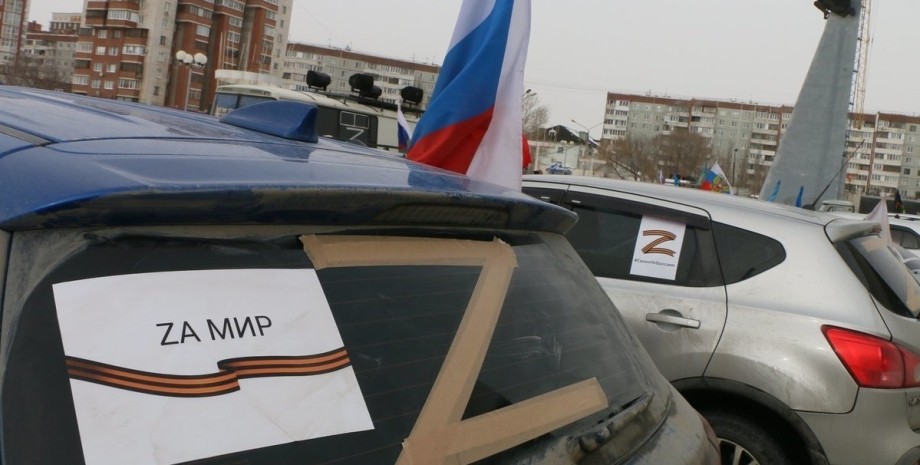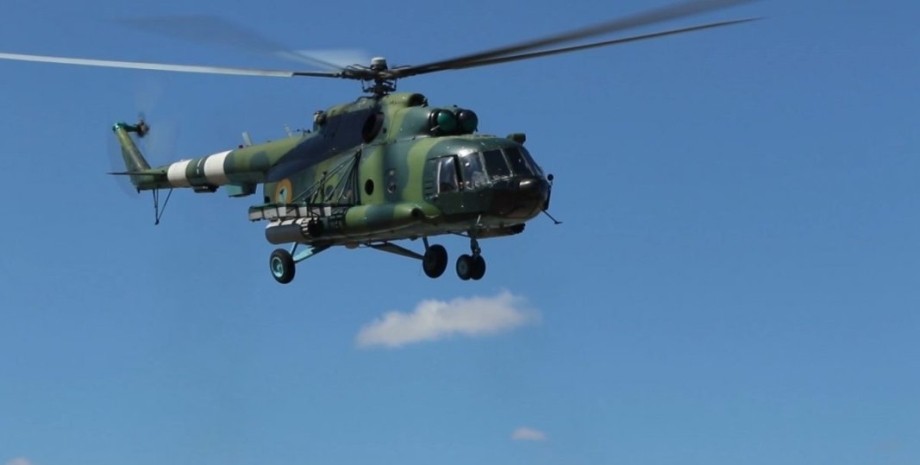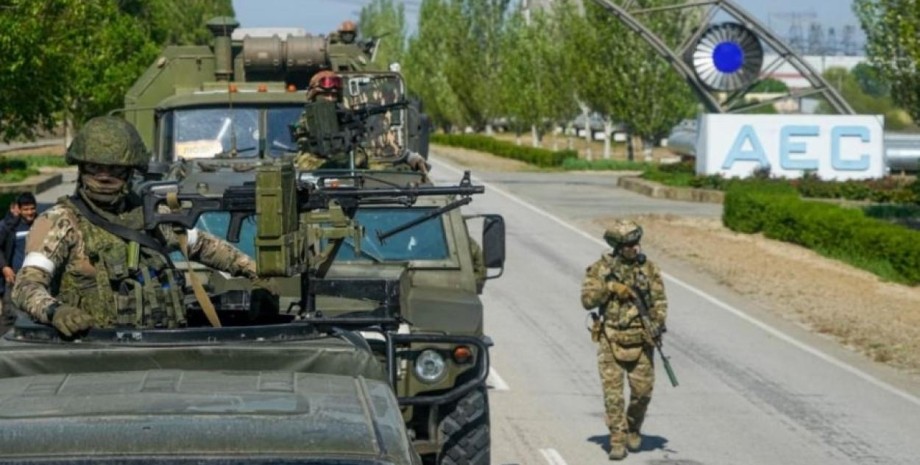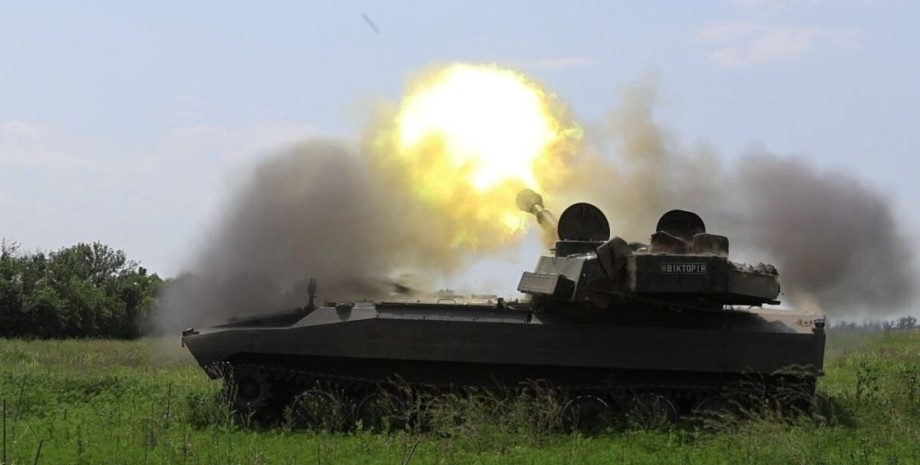
 By Natali Moss
By Natali Moss
This was reported in the analysis of the Rusi Institute. Zircon is a Russian hypersonic rocket with a direct air-reactive engine. The stated ammunition length is 8-10 meters, making it less than the Chinese DF-17. This is an advantage because theoretically it can be installed on other ships like "Admiral Nakhimov" or on the submarines of the class "Ash". Analysts say that Russian "zircons" are not suitable for mobile platform attacks due to their speed.
Due to high speed, the rocket ionizes the air around it, which creates a plasma layer. Therefore, it will not install the head of self -alignment, so very accurate inertial sensors are needed, which will plan the entire ammunition route in advance. The authors ask if the Russian Federation has created a hypersonic winged rocket. Given the history of Soviet and Russian leaders to exaggerate the capabilities of their weapons, it is likely that the characteristics of "zircon" may be false.
The fact is that in the official test starts, which states that it is a launch of "Zircon", may well be the R-800 Onyx rocket. Also raises the question at which the development was created. In 2011, the first time began to discuss the creation of a rocket like Zircon. In 2015, she had passed that she had passed the flight tests and in 2018 Roszmi stated that the rocket had passed 10 flight tests. In the next 3 years, she was tested from different carriers.
However, according to analysts, the rapid cycle of analytics contrasts with how other missiles were developed. For example, the winged X-32 rockets have been developed since the 1980s and only been implemented in 2016. The term of development of "Zircon" corresponds to the timing of the onyx, which was developed in 1993, and in 2002 they were adopted with many shortcomings that recognized the military themselves.
The development of Zircon could not be from scratch, but on the basis of the Soviet project X-90, which did not even reach an experienced model. The Russian Federation could use Soviet experiences to develop a zircon rocket within a short time. In the case of another moment. Putin's statement that a 300-pound warhead is capable of flying at a speed of 9 strokes and at a distance of up to 1000 km. With Onyx similar in size, the rocket can somehow overcome 1000 km.
The faster the rocket, the higher the fuel combustion rate, and the range decreases. Therefore, Rusi is more inclined to the fact that its real range is 400 km and the speed of 6 strokes. The Russian Federation states that zircon is more aerodynamic and has much more efficient fuel. The next point is the release of the rocket. The authors again compare Zircon with Onyx.
If they are a comparative warhead, the question arises as to such dimensions to accommodate the initial rocket accelerator, which should develop hypersonic speed. It is possible that the Russian Federation has innovative solutions in rocket design. However, the question of how at the size of 8-10 meters managed to place both a 300-pound warhead, and the missile accelerator remains open.
Finally, the authors indicate that the question of the ability of the Russian Federation to produce hypersonic missiles on an industrial scale, given the huge losses of the Armed Forces of the Russian Federation in the war against Ukraine. Therefore, the development or availability of Zircon missile does not pose a great threat, nor will it affect the course of war in Ukraine. We will remind, on January 4 Putin stated that the frigate "Admiral Gorshkov" goes on a distant maritime campaign.




















Všetky práva vyhradené IN-Ukraine.info - 2022